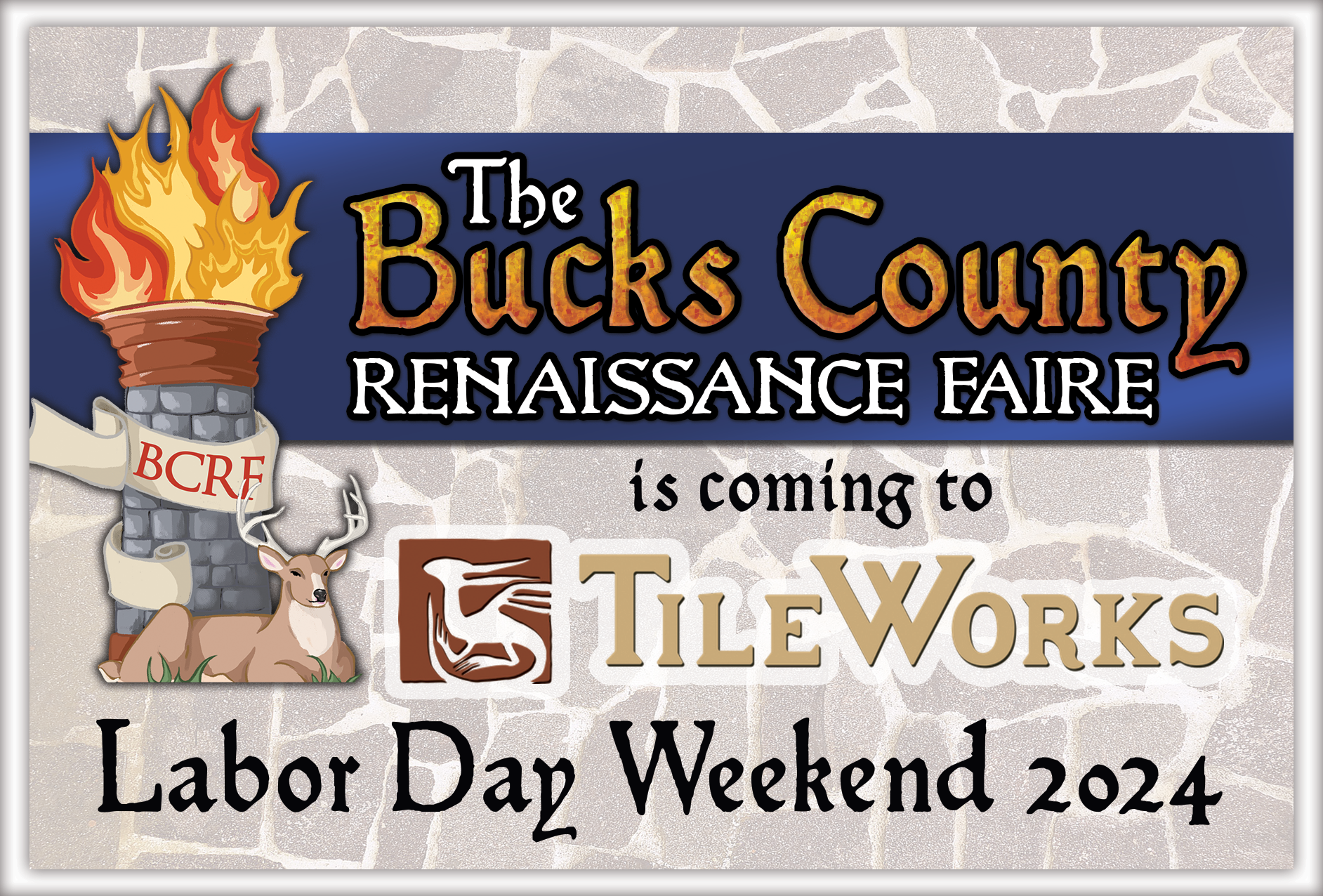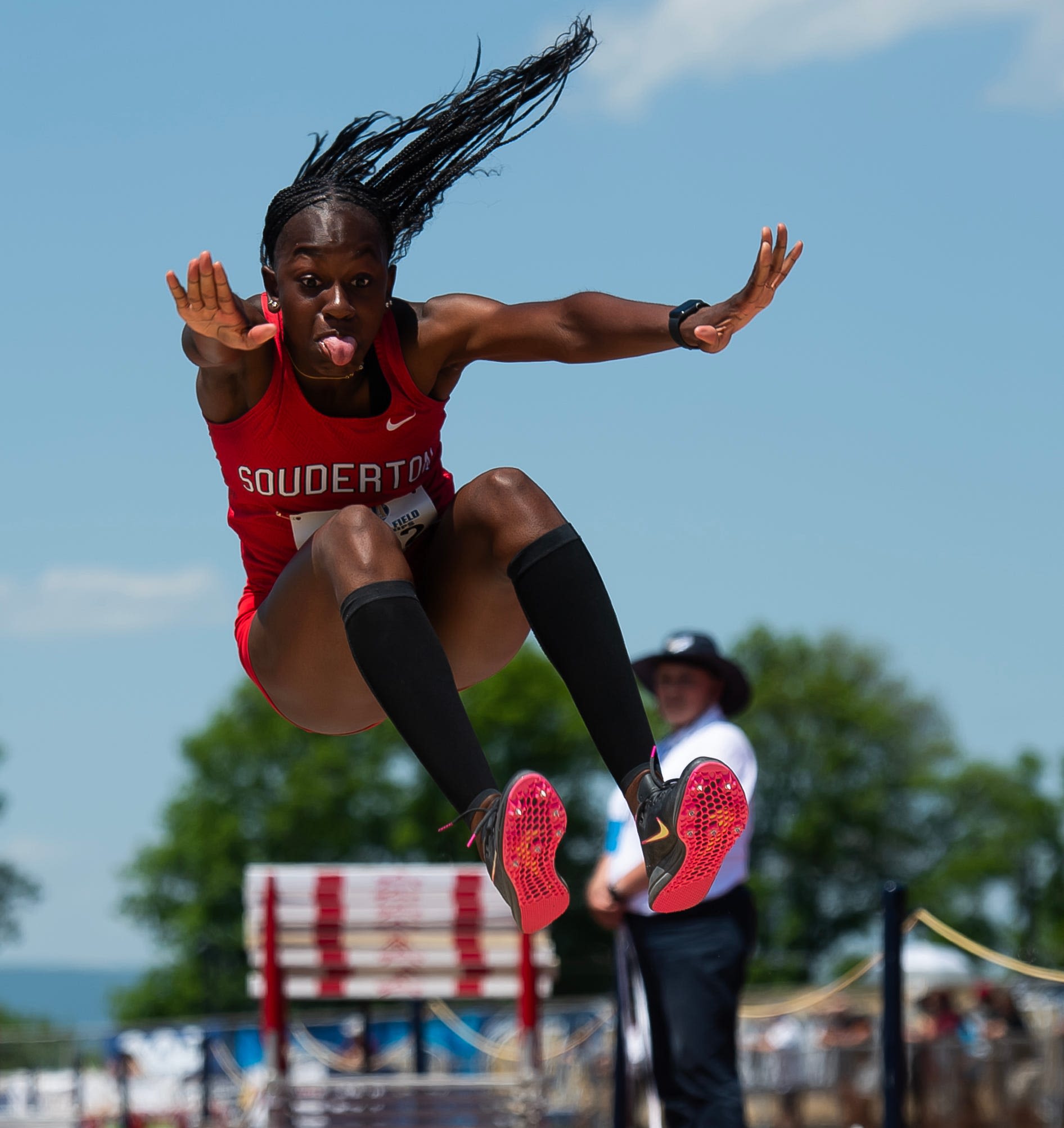Search results
- Bucks County was founded in 1682 by William Penn, the founder of Pennsylvania. He named the County after Buckinghamshire, his hometown in England.
www.visitbuckscounty.com › press-room › facts-figures
People also ask
How did Bucks County get its name?
Who founded Bucks County Pennsylvania?
What is Bucks County Pennsylvania known for?
Why was Bucks County named after William Penn?
5 days ago · One of Pennsylvania’s three original counties, Bucks county was founded in 1682 by English Quaker William Penn, who built his estate, Pennsbury Manor, on the Delaware River near Van Sciver Lake.
- The Editors of Encyclopaedia Britannica
May 26, 2023 · As one of the three original Pennsylvania counties created shortly after William Penn arrived in his fledgling colony in 1682, Bucks County has a heritage that dates back to the beginning of the Commonwealth.
News about Bucks County, South Jersey, entertainment
News about Bucks County, high school sports, playoff performances
News about Bucks County, Longwood Gardens, Memorial Day weekend
Also in the news
Its name derives from the English abbreviation for Buckinghamshire, the county of Penn's ancestors in England, and Bucks County became the site of Pennsbury, his home in Pennsylvania ( BU16). The county's development westward from the Delaware River is marked by the movement of the county seat.
- Kildorpy, Falls Township
- Playwicki, Lower Southampton
- Pemipacka, Warminster
- Hollekonk, Buckingham
- Lahaskeke, Buckingham
- Paunakussing, Solebury
- Tuckwimensing, Solebury
- Gattalosso, Solebury
- Winnahawchunick, Solebury
- Pechoqueolin, Nockamixon
An English history published in 1648 indicated this Indian town was near the falls on the Delaware River in present day Morrisville. Colonist Robert Evelin described the town on “clear fields to plant and sow, and near it are sweet large meads of clover and honeysuckle.” No other evidence exists of Kildorpy nor a translation of the name.
A large collection of Lenape Indian relics proves the existence of a major Native American town off today’s Route 213 near where it crosses Neshaminy Creek. Playwicki means “the place full of turkeys where prisoners of warfare were forced to run the gauntlet.” The Bucks County Historical Society in 1923 put up a fieldstone monolith with a plaque on...
On a tributary of Pennypack Creek in Warminster near the Montgomery County border was the Indian town of Pemipacka — translated as “bear-fat creek.” It was a favorite Indian hunting ground for bears for their high energy, fatty meat.
Nestled in Buckingham Valley at the western base of Buckingham Mountain was the Indian town of “Hollekonk.” Lenape Indians drew water from a natural spring located there in a field on today’s Barley Sheaf B&B estate off Route 202. Geologic forces created Hollekonk when the roof of an underground river collapsed. There is evidence the last group of ...
Located about three miles north of Hollekonk on the border between Buckingham and Solebury was the town of Lahaskeke — translated as “the place of much writing.” It’s known today as Peddler’s Village on Route 202. Lahaska Creek arises there and flows south to Neshaminy Creek.
This once vibrant Indian town is today’s picturesque village of Carversville. Colonial settlers jettisoned the name Paunakussing for Milton in reference to several mills founded along what is today Paunaucussing Creek. Milton officially became Carversville when the first post office opened there under postmaster Thomas Carver. Paunakussing in India...
Today’s Solebury Village was once the site of Tuckwimensing, meaning “at the place of the trees of round nuts.” Walnut trees, that is. Many artifacts of Native American society have been recovered there. The sale in 1702 of 250 acres to William Croasdale “at Tooqueminsey in Soulbury Township” verifies the Indian town existed.
In a meadow off Aquetong Road was this Indian town at the headwaters of today’s Cuttalossa Creek. The creek carves its way through a spectacularly steep gorge framing fertile bottom lands and Colonial-era homes before emptying in the Delaware River at the closed Cuttalossa Inn on Route 32 (River Road) below Lumberville. English settlers were comple...
There was yet a fourth Indian town in fertile Solebury. Winnahawchunick was located where Pidcock Creek joins the Delaware River in today’s upper section of Washington Crossing Historic Park. The site is better known today as the location of the Thompson-Neely House and grist mill beneath Bowmans Hill. Winnahawchunick is translated as “at the hill ...
This was the largest Indian town in Bucks County, based on the vast number of Native American relics discovered at the aboriginal site. Located just below the Durham Township border at the creek’s mouth on the Delaware River, Pechoqueolini translates as “at a gap through the mountains.” High cliffs on both sides of the river exist in the area. Amon...
Bucks County is one of the three original counties established by William Penn, founder and proprietor of Pennsylvania. William Penn named the city of Philadelphia and as the story goes late in 1682 also named Bucks County after Buckinghamshire, the family home of the Penns in England.
Bucks County is a county in the U.S. state of Pennsylvania. As of the 2020 census, the population was 646,538. [1] The county seat is Doylestown.








